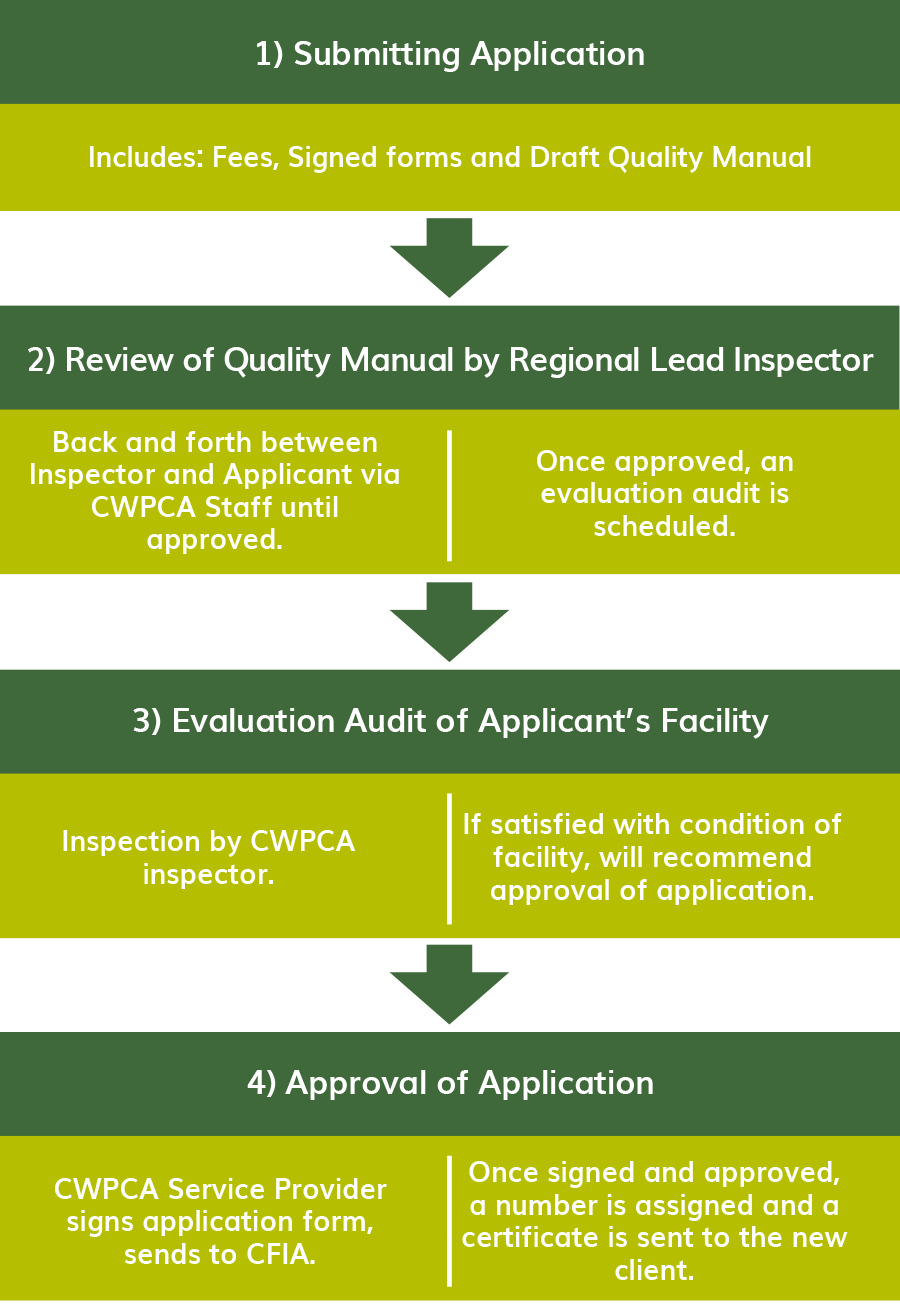Click here to read the HT Program Questions & Answers document, released in February 2017 by the Canadian Food Inspection Agency.
Wood packaging material includes pallets, dunnage, boxes, crating, packaging blocks, drums, cases, load boards, pallet collars, and skids.
A basic guideline to determine whether a facility should be certified is: “does the facility do any transformation to wood that ends up as wood packaging material?”
The main purpose of the HT Program is to prevent the spread of regulated pests (e.g. the Emerald Ash Borer, the Asian Longhorn Beetle) in wood packaging material.
To do this, every step of the production process needs to be certified: heat treating the wood, cutting it down to size, and assembling the wood to make a pallet, crate, or dunnage.
This also applies to repairing existing wood packaging material.
Shipments can be refused entry at foreign ports and destroyed, returned, and/or quarantined and fumigated at the exporter’s cost. Violations, such as shipping wood packaging with counterfeit stamps, can result in fines under the Agricultural Monetary Penalties Act.
Every step needs to be certified to ensure that the process is "clean" and the wood packaging will not be compromised, and to limit legal liability. If pests are found in wood packaging material, the liability belongs to the certified facility that stamped it.
For example, if a certified facility stamps a pallet and their customer later repairs this pallet with non-treated infested wood, the liability is with the facility whose number is on that pallet. Therefore, it is in the interest of the industry to make sure that everyone who should be certified is.
Eligible applicants include those Canadian facilities handling wood products intended for the treatment or manufacturing of wood packaging material.
To become certified, contact CWPCA for an application package. Send a request by email to info@woodpackaging.ca or fax to 866-375-1835 and provide:
Once you have received and read through the application package, you will need to send in the following items:
Request HT Program Application Package
There are 2 sets of fees for the HT Program:
Fees are subject to change without notice and are non-refundable.
If you think of the policy documents as the "rules of the game", the Quality Manual is your way of explaining how you will follow the rules.
To assist in writing your Quality Manual, we suggest you review the following documents:
Once all onboarding fees have been paid, your inspector will provide you with a copy of our Quality Manual Template.
Please note that we will be inspecting you against your quality manual. Therefore, your procedures must be as described in the manual. If they’re not, you will need to either change the manual to reflect your procedures or vice versa.
One thing noticed with people using a template (or hiring a consultant to write their Manual for them) is that they tend not to know the content of their Manual when we do the evaluation audit. Make sure you -or whoever will be in charge- know the rules and the procedures laid out in your Manual, otherwise it could delay your approval.
Your inspector will provide you a copy of our Quality Manual Template once all fees have been paid.
At this time, the application process takes 4 to 12 weeks.
